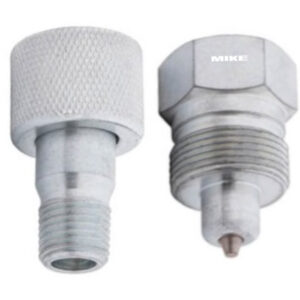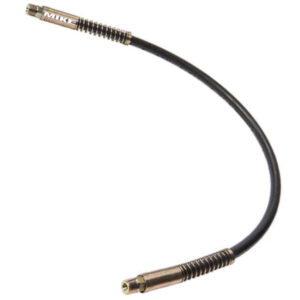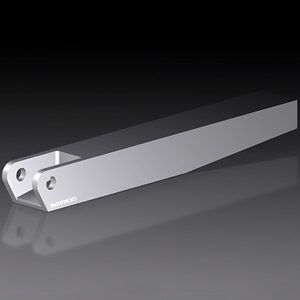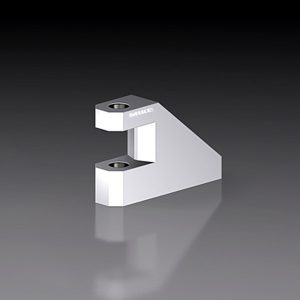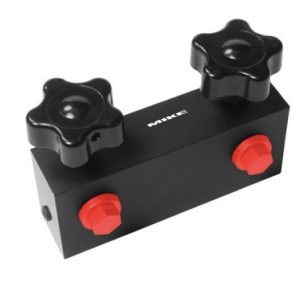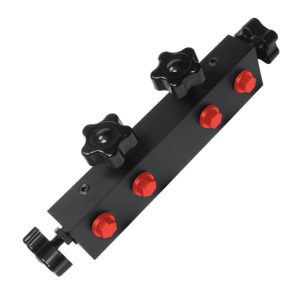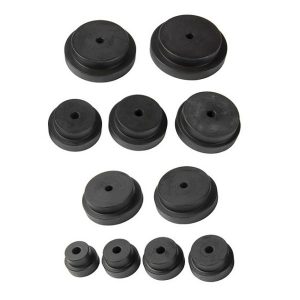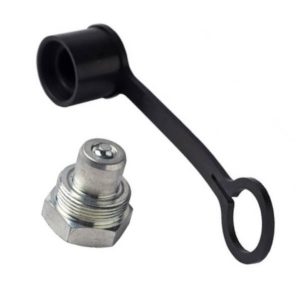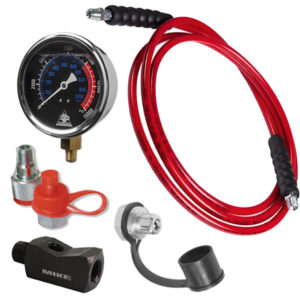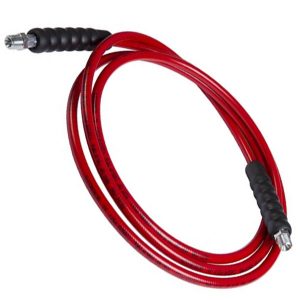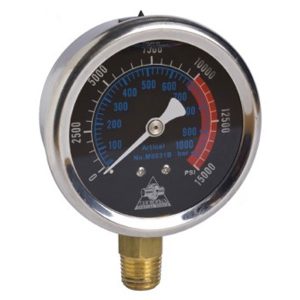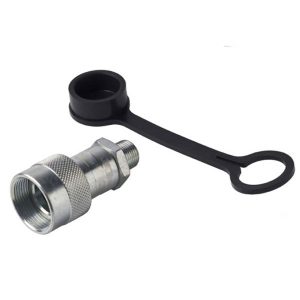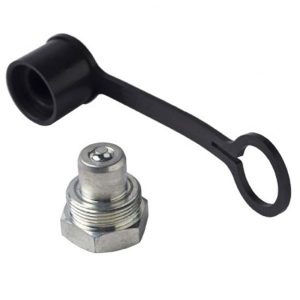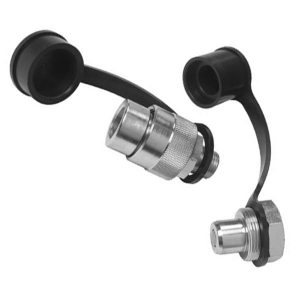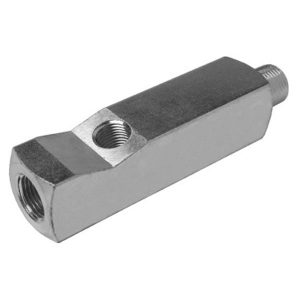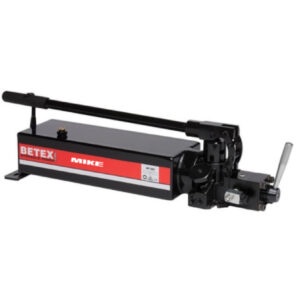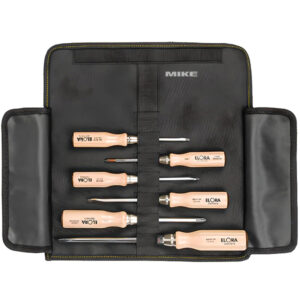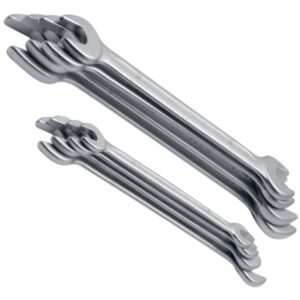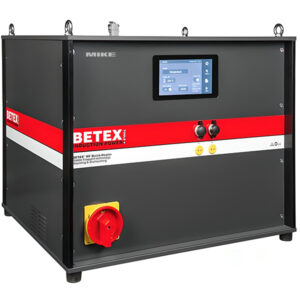Hydraulic Accessories, There are many different types of hydraulic accessories that are used in hydraulic systems. Some common examples include:
- Hydraulic pumps: These are used to generate hydraulic pressure in the system by converting mechanical energy into hydraulic energy.
- Hydraulic motors: These are used to convert hydraulic energy into mechanical energy, allowing for the movement of machinery or equipment.
- Hydraulic cylinders: These are used to convert hydraulic pressure into linear force and motion, allowing for the movement of heavy loads.
- Hydraulic valves: These are used to control the flow and pressure of hydraulic fluid within the system.
- Filters: These are used to remove contaminants from the hydraulic fluid, helping to ensure the proper operation and longevity of the system.
- Accumulators: These are used to store hydraulic energy and provide additional pressure when needed, helping to reduce system wear and tear.
- Hoses and fittings: These are used to connect different components of the hydraulic system together, allowing for the transfer of hydraulic fluid and pressure.
- Gauges and sensors: These are used to monitor the pressure, temperature, and other parameters of the hydraulic system, helping to ensure proper operation and prevent damage or failure.
- Manifolds: These are used to distribute hydraulic fluid to different parts of the system, helping to control the flow and pressure.
- Reservoirs: These are used to store hydraulic fluid and provide a source of fluid for the system.
- Seals and O-rings: These are used to prevent hydraulic fluid from leaking out of the system and to maintain proper pressure.
- Pressure regulators: These are used to regulate the pressure of the hydraulic fluid, helping to prevent damage to the system and ensure proper operation.
- Quick disconnects: These are used to quickly and easily connect and disconnect components of the hydraulic system, allowing for easy maintenance and repair.
- Flow meters: These are used to measure the flow of hydraulic fluid within the system, helping to ensure proper operation and efficiency.
- Heat exchangers: These are used to remove heat from the hydraulic fluid, helping to prevent damage and prolong the life of the system.
- These are just some examples of the many different types of hydraulic accessories that are used in hydraulic systems. The specific accessories used will depend on the particular application and requirements of the system.
What is hydraulic hoses?
Hydraulic hoses are a crucial component of hydraulic systems, as they are used to transport hydraulic fluid between different components of the system. They are typically made from reinforced rubber or thermoplastic materials and are designed to withstand high pressure and temperature.
There are several different types of hydraulic hoses, each with specific characteristics and applications. Some common types include:
- Braided hoses: These are made from a single layer of wire braid and are used for low to medium pressure applications.
- Spiral hoses: These are made from multiple layers of wire spiral and are used for high pressure applications.
- Thermoplastic hoses: These are made from thermoplastic materials and are often used in applications where flexibility and resistance to abrasion are important.
- Specialty hoses: These are designed for specific applications, such as high-temperature or chemical-resistant applications.
Hydraulic hoses are typically connected to other components of the hydraulic system using fittings, which are designed to create a secure, leak-free connection. There are several different types of fittings, including:
- Crimp fittings: These are the most common type of fitting and are used to create a permanent connection between the hose and the fitting.
- Reusable fittings: These are designed to be used multiple times and can be easily removed and reattached to the hose.
- Push-on fittings: These are designed to be used without the need for clamps or other types of fittings, making them easy to install and remove.
Proper maintenance and inspection of hydraulic hoses is essential to ensure proper operation and prevent leaks or other issues. Hoses should be inspected regularly for signs of wear or damage, and should be replaced as needed. Hoses should also be cleaned and stored properly to prevent damage from exposure to sunlight, chemicals, or other environmental factors.
Hydraulic Accessories
Showing all 15 results

